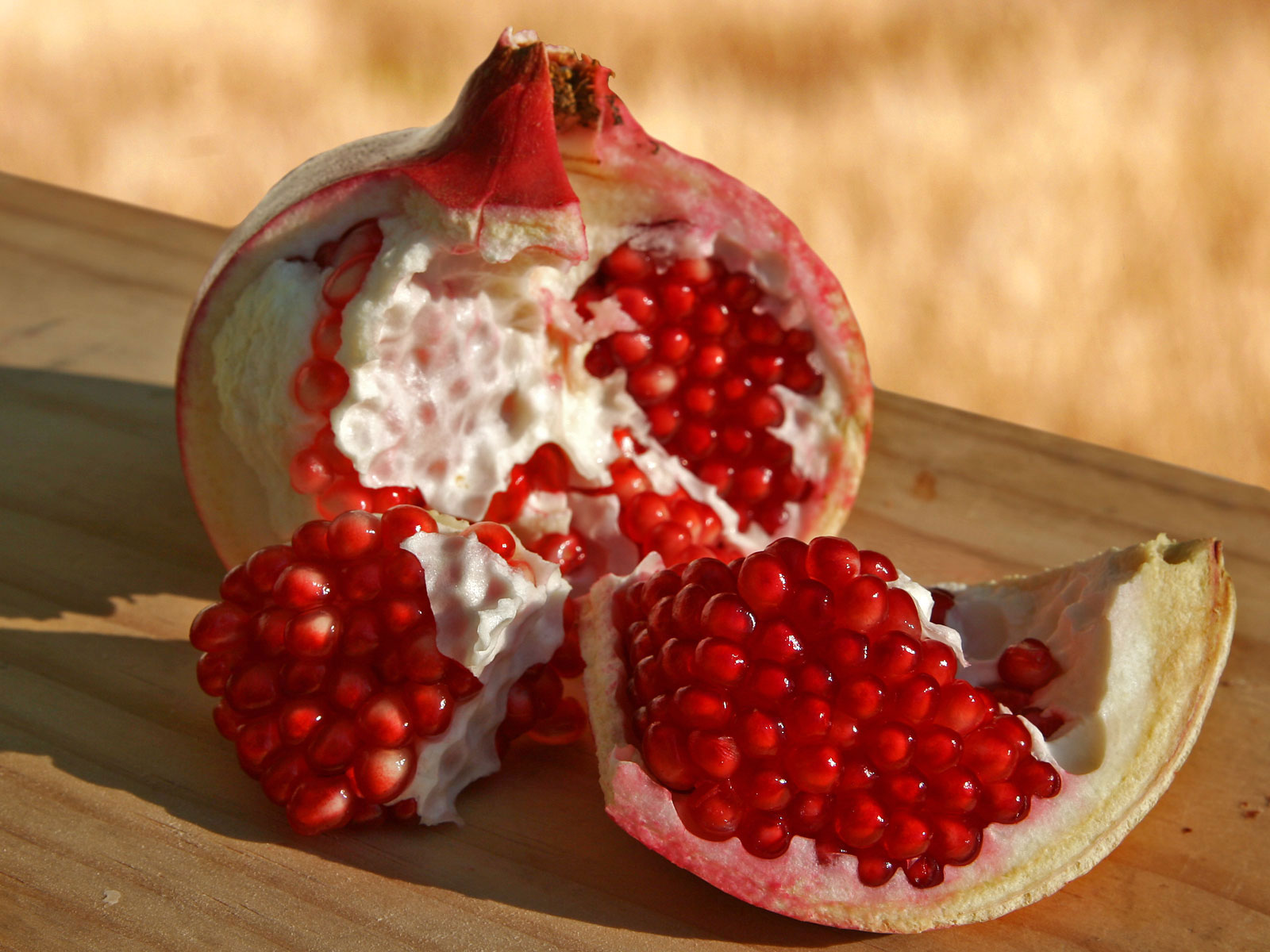
1) What does the word 'pomegranate' mean and in what language?
2) What gem derives its name from the similarity in color to the fruit?
3) What modern weapon derives its name from the similarity in shape to the fruit?
4) Under what conditions will pomegranate juice turn blue?
5) In Greek Mythology, who is famous for eating a pomegranate and what were the consequences of that action?
Bonus: Name two health benefits of pomegranate juice.
Answers to All Things Piratical:
1) What is the difference between a pirate and a privateer? As Maren implied, the difference is state sponsorship, usually in the form of
Letters of Marque and Reprisal.
2) What language does the word buccaneer come from and what does it mean?
It comes from French
boucan, a name for racks used to dry & smoke meat in the Carribean - thus, it basically means Barbecuer. Apparently some barbecuers took to piracy.
3) What was Blackbeard's given name? Edward Teach.
4) What group of pirates was the target of the US' first overseas military action and where were they based?
The Barbary Pirates were disrupting American shipping in the Mediterranean, which resulted in the
First Barbary War, in which the port of Tripoli played a major role. This is the origin of the phrase "the shores of Tripoli" in the Marine Hymn.
5) The Island of Tortuga from the Pirates of the Caribbean movies is a real place. What modern country is it part of? The island is across a channel from Port-au-Prince, Haiti, and is part of that country today.
6) What became of the famous pirate town Port Royal?
Port Royal was a popular pirate town until, in 1692, an earthquake resulted in 2/3 of the city being sunk into the sea.
Bonus: In Gilbert & Sullivan's Pirates of Penzance, what is Frederick the 'slave of'? What is the paradox that thus enslaves him?
As Tona correctly stated, the full title of the play is "The Pirates of Penzance, or The Slave of Duty". Maren correctly articulated the paradox, that Frederick was apprenticed to serve the pirates until his 21st Birthday, not merely his 21st year. As somebody born on Leap Day, his 21st year meant he had as yet had only 5 birthdays.
Edit: While I was posting this, Davey posted in the comments of All Things Piratical and did very well, getting at least partial credit on all but #6. YAAR, Matey!






